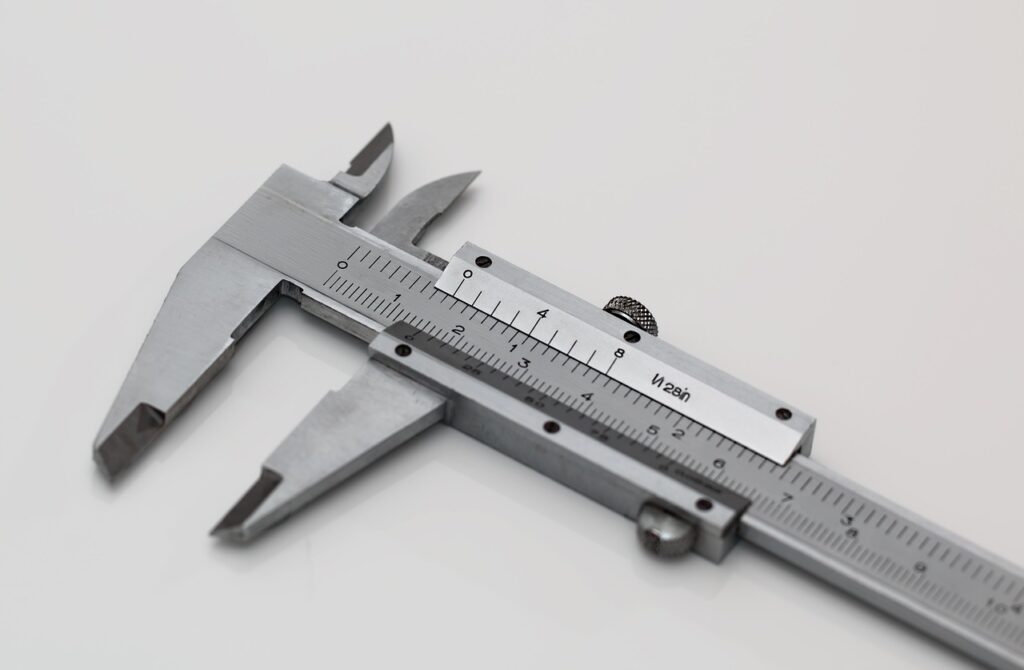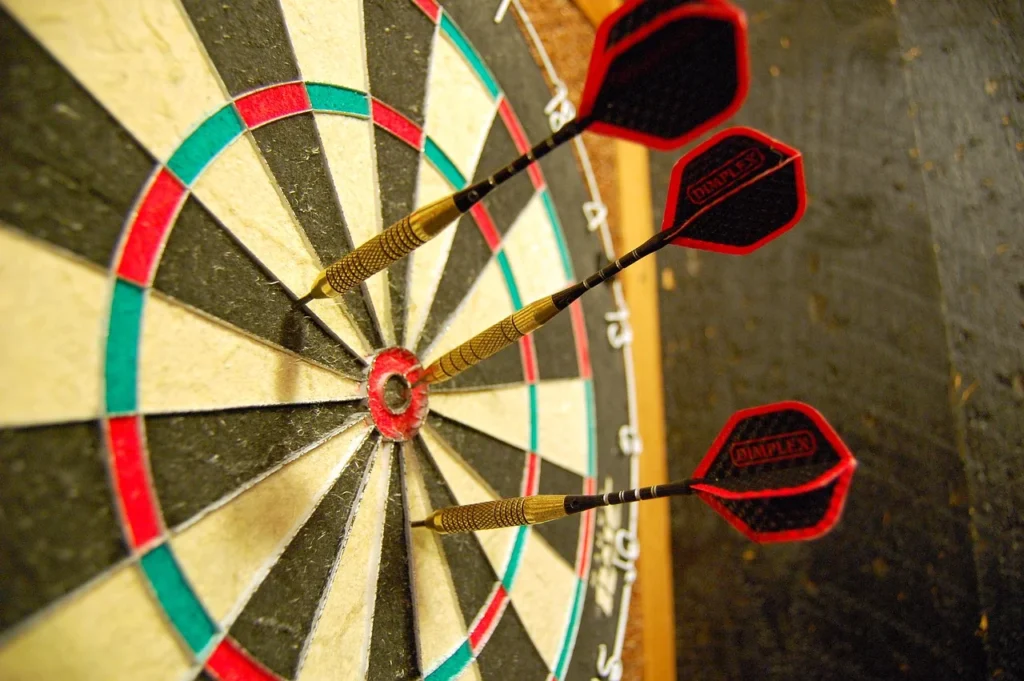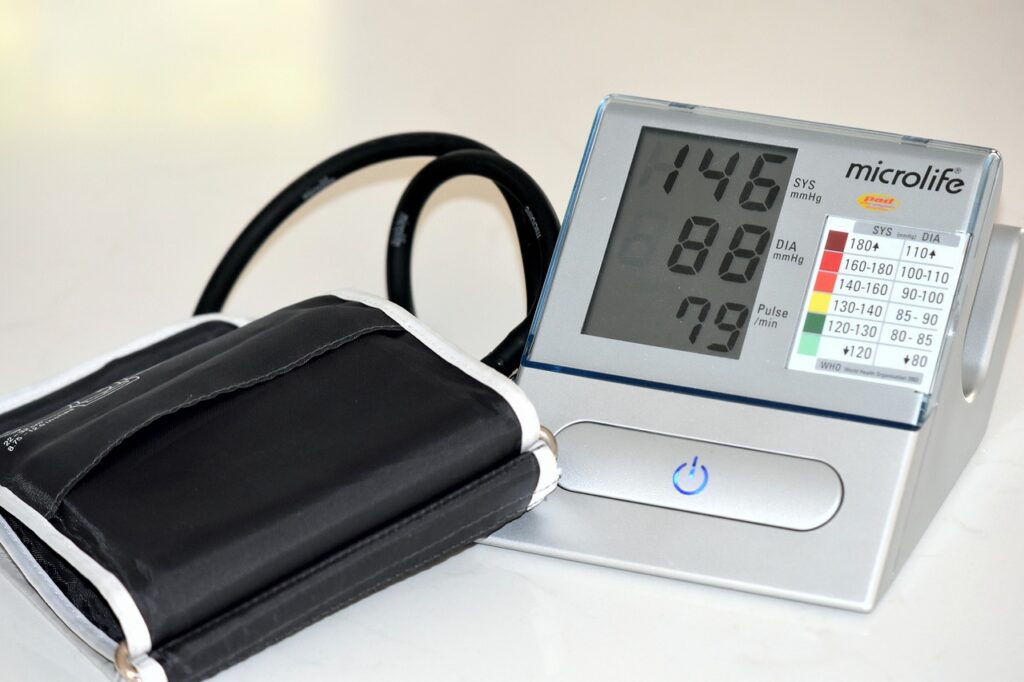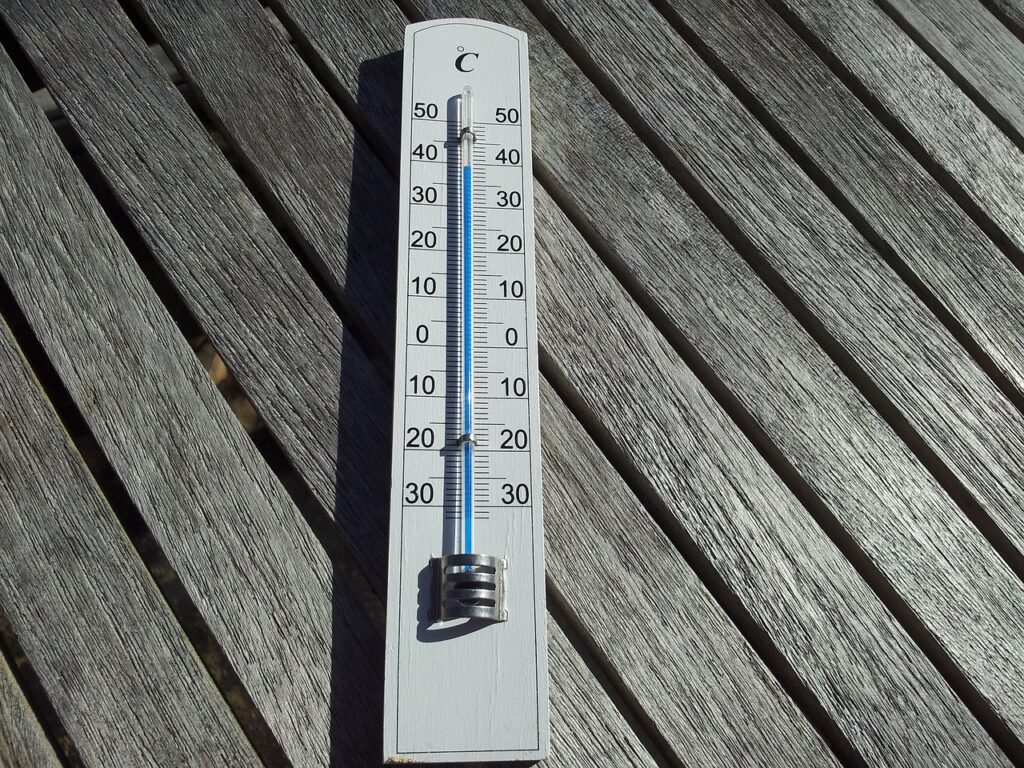The words “accuracy” and “precision” are frequently used terms in measurement. Despite their frequent interchangeability, these two terms have different meanings in the condition of measurement and are vital to understand the capabilities and constraints of measuring devices.
Accuracy :-
The level to which a measurement resembles the true or accepted value is known as accuracy. It depends upon the number of significant figures in it. The larger the significant digits, the higher the accuracy. Problem with accuracy are due to errors. For example, personal error, method error, instrument error.
As we reduce the errors, measurement accuracy increases. When measuring boiling water at sea level, a thermometer reading of 100°C is regarded as accurate since it corresponds to the water’s boiling temperature as determined by science.

Factors Affecting Accuracy :-
1.Instrument Calibration: Regular calibration aligns the instrument with known standards, enhancing accuracy.
2. Environmental Conditions: Temperature, humidity, and other environmental factors can affect measurements.
3. Human Error: Inaccurate readings can also curtail from misinterpretation or mishandling of instruments.
Precision :-
Precision is the point to which several measurements of the same quantity concur with one another. Whether the readings are near the true value, or exact if it regularly produces the same reading under the same circumstances.
An instrument, or its capacity to identify minute variations in the quantity being measured, is termed as precision. It is not the result of human error or lack of calibration. Its depends on upon the least count of measuring instrument. The smaller the least count, the more precise will be the measurement.
least count of an instrument is the smallest measurement value that it can reliably indicate. It represents the instrument’s decree or precision, determining how finely it can measure a given quantity. Calculating the least count is normally done by dividing the smallest division on the instrument by the number of subdivisions on its scale.
Random variances in measurement results, or random mistakes, have an impact on precision. Usually, these mistakes result from variations in the measuring procedure, including slight changes in the surrounding environment or natural inaccuracies in the measurement technique.
Factors Affecting Precision :-
1.Instrument Resolution: Higher resolution allows for more detailed readings, improved precision.
2. Consistency in Measurement Technique: Maintaining the same approach in handling the instrument ensures higher precision.
3. Random Errors: Uncontrollable factors, such as slight environmental variations, can introduce random errors that impact precision.
Main Differences Between Accuracy and Precision of Measuring Instruments
The difference between accuracy and precision can be best demonstrate with the example of a dartboard (game board):
High Accuracy, Low Precision: If darts land close to the bulls eye but are spread out from each other, the thrower is accurate but lacks precision.
Low Accuracy, High Precision: If darts cluster tightly together but are far from the bulls eye, the thrower is precise but not accurate.
High Accuracy, High Precision: If darts are tightly grouped around the bulls eye, the thrower is both accurate and precise.
Low Accuracy, Low Precision: If darts are scattered and far from the bulls eye, the thrower lacks both accuracy and precision.
In measurement terms, high accuracy indicates that the instrument’s readings are close to the true value, while high precision means the instrument produces consistent results repeatedly.

Significance of Accuracy and Precision in Measurement
In scientific and industrial applications, both accuracy and precision are vital, but the priority depends on the background:
1. Research and Development: High precision is often more critical as scientists aim for reproducibility in experiments.
2. Manufacturing: High accuracy is essential for quality control to meet design specifications and standards.
3. Medical Field: Precision and accuracy are equally vital. For accurate diagnosis and dependable tracking, medical devices such as blood pressure monitors and thermometers need to be precise and constant.

Improving Accuracy and Precision
Improving both accuracy and precision requires a combination of careful instrument selection, regular maintenance, and proper calibration practices.
1.Calibrate Regularly: Regular calibration with reference standards ensures accuracy.
2. Choose the Right Instrument: Selecting instruments with appropriate resolution and sensitivity enhances precision.
3. Minimise External Influences: Controlling environmental conditions reduces random errors, thus improving precision.
4. Training and Standard Procedures: Operator training and standardised methods minimise human errors, improving both accuracy and precision.

Note :-
The dependability of scientific data depends on the basic qualities of measuring devices, e.g. accuracy and precision. Precision guarantees that repeated measurements provide comparable results, accuracy guarantees that measurements are near the true value.
Accuracy refers to how close a measurement is to the true or accepted value, Precision indicates how consistent repeated measurements are with each other. An instrument can be accurate, precise, both, or neither, depending on its performance.
Accuracy is essential because it ensures that the measurement reflects the true value of the quantity being measured. This is critical in fields like healthcare, manufacturing, and scientific research, where reliable measurements are necessary for making informed decisions and achieving quality results.
Precision is achieved by reducing random errors and ensuring consistency in the measurement process. High precision depends on the resolution of the instrument, stable environmental conditions, and standardised measurement techniques.
Yes, an instrument can be precise but not accurate. This occurs when repeated measurements are consistent (precise) but do not match the true or accepted value due to a systematic error or calibration issue, affecting accuracy.
Accuracy can be impacted by factors like instrument calibration, environmental conditions (temperature, humidity), and user handling. Regular calibration and controlling environmental variables help improve accuracy.
Systematic errors, which are constant biases in measurement, primarily impact accuracy. Random errors, which are unpredictable variations, mainly affect precision. Minimising both types of errors is essential for reliable measurements.
Improving accuracy involves regular instrument calibration, environmental control, and maintenance, while enhancing precision requires high-resolution instruments, consistent measurement methods, and reducing random errors. Both qualities benefit from proper training and standardized procedures.